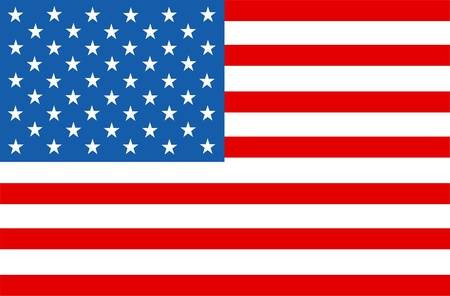This article was originally published on AdAge.
Amazon Prime Day has become another routine sales event in the year for brands, but internet advertising has been anything but routine. Amid new data restrictions impacting ad targeting and a surge in social commerce thanks to the pandemic, brands need to think differently about how they prepare for this summer’s sales bonanza.
Amazon Prime Day, which will run on June 21 and June 22, will require new types of strategies by brands and agencies and is creating an opportunity for marketing technology firms to help them adjust to the new realities in online shopping.
Oracle, for example, integrated with Amazon’s demand-side platform so brands can target 4,000 types of consumers around Prime Day. This comes as brands contend with web browsers and mobile devices that make it more complicated to track consumers online.
Omnicom also is working with brands to hone their marketing plans and apply new data sets to target ads around Prime Day. Omnicom is one of the marketing technology partners that can use Amazon’s DSP and it works directly with brands to roll their first-party data on customers into groups of audiences ripe for sales messages, similar to Oracle’s new tool.
“There are increasing innovations and capabilities that are rolling out through Amazon,” says Jason Colon, managing director, integrated media planning at Omnicom’s OMD USA. “We are definitely looking at making more of an investment in those types of ad products for our clients this year, and that’s everything from video in your ‘sponsored products’ and ‘sponsored search’ placements through to shoppable video experiences on Fire TV.”
Prime Day arrives as e-commerce has spiked in the U.S., with eMarketer expecting it to generate $843.15 billion in sales this year, a 6.1% increase. Meanwhile, in 2020, e-commerce sales had a breakout moment during the pandemic, growing 32.4%. Prime Day has become a summertime shopping event that generates billions in sales. Amazon doesn’t release the full haul from the day, but last year it said small- and medium-size businesses accounted for $3.5 billion, alone.
Advertisers have more possibilities through Amazon’s ad platform to target ads to outside websites, too. Brands work with ad agency and marketing partners to tap data from multiple sources, OMD’s Colon says, buttressing the data from Amazon. “This enables us to take external data signals and behaviors outside of Amazon, such as broader shopping behaviors, media consumption, and build custom audiences that can be combined with Amazon’s data,” he says.
The data that powers shopper marketing can also be used for advertising on other retail sites, like Walmart, Target and Best Buy.
“We’re not just thinking about Amazon, it’s important that we consider both Walmart and Target, which have announced sales that are going to overlap with Prime Day,” Colon says. “We know that shoppers are going to be price comparing and deal hunting on these days. We know that it’s going to be important how they show up across Amazon, as well as Walmart and Target.”
